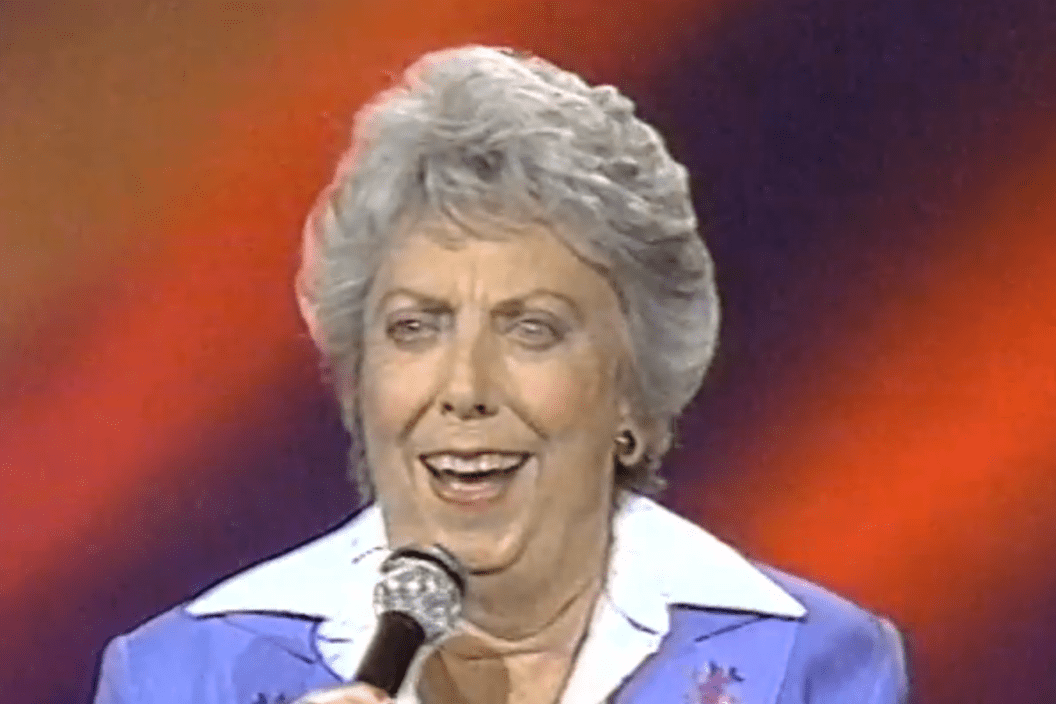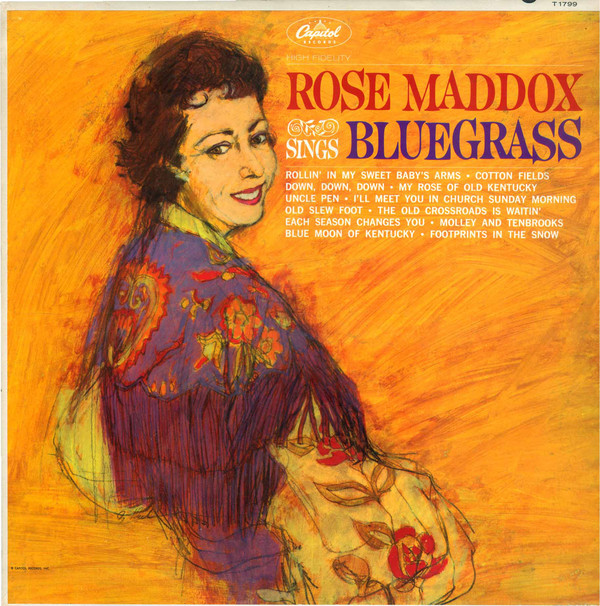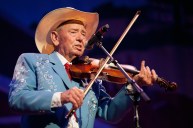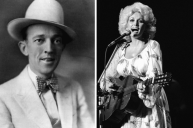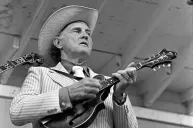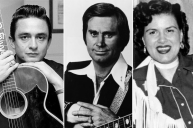Before artists like Merle Haggard put Bakersfield on the map and the Buckaroos helped define flashy wardrobe choices, West Coast country singer and rockabilly progenitor Rose Maddox wowed audiences with her family's tight musical performances and her colorful Western costumes.
Roselea Arbana Maddox was born on Aug. 15, 1925 in Boaz, Alabama. She was the fifth of seven children from a sharecropping family. Although they were born in the same Sand Mountain region that begat the Delmore Brothers, the Louvin Brothers and the band Alabama, the Maddox family's musical story began after their dad relocated the whole family to California in the early '30s.
Genre-Defiant Innovators
While living in Modesto, Rose began singing with her brothers Fred, Cal, Cliff and Don as her backing band—with younger sibling Henry joining after Cliff's 1949 passing. They became local radio stars in the late '30s as the Maddox Brothers and Rose. Back then, if there was anything more appealing to listeners of old-time radio shows than a pre-teen singing talent, it was a country and Western family band.
In the '40s and '50s, the family became part of the recording industry through sessions for 4-Star and Columbia Records. Songs like their covers of Hank Williams' "Move It On Over" and "Honky-Tonkin" teased the birth of rock 'n' roll by adding an upbeat swing to honky tonk music. The gentler storytelling of Woody Guthrie's "Philadelphia Lawyer" finds the group on the ground level of bluegrass. This versatility came in part from brother Fred's before-its-time talent playing slap bass. His accompaniment allowed the group to jump between gospel, jazz, cowboy songs and country music without skipping a beat.
Beyond making historically great records that sounded more like rockabilly by the mid-'50s, "the most colorful hillbilly band in America" wowed audiences as a touring band, including trips out East to the Louisiana Hayride and the show that put Nashville on the musical map, the Grand Ole Opry.
From Family Band Member to Bluegrass Royalty
Read More: Nudie Suits and Rhinestone Cowgirls: Inside Country's Western Wear Revival
After the band split in 1957, Rose preformed briefly with her brother Cal before pursing a solo career. In the early '60s, Rose became a go-to duet partner for Buck Owens ("Mental Cruelty," "Loose Talk," "We're the Talk of the Town") and a collaborator for Bill Monroe. Despite finding some country success with the 1962 top five hit "Sing a Little Song of Heartache," she switched musical styles and became a bluegrass musician, beginning with Capitol Records' 1962 classic Rose Maddox Sings Bluegrass.
Other solo singles of note include "Gambler's Love" (1959) and "Kissing My Pillow" (1961).
A string of heart attacks beginning in the late '60s slowed her down some, but Rose continued recording for such labels as Starday and Arhoolie Records while touring with brothers Cal and Henry and her son Donnie. She later took part in bluegrass albums and tours with the Vern Williams Band.
One of her later LPs, 1986's Queen of the West, teamed Maddox with a couple of acts she inspired: Haggard and his backing band Strangers and one of her most gifted musical progenies, Emmylou Harris.
Rose spent her later years in Ashland, Oregon, where she died on April 15, 1998 from kidney failure. Two years earlier, she received a Grammy nomination for her $35 and a Dream album and saw the release of her final set of songs, The Moon is Rising.
Over 20 years after her death, the Maddox Brothers' lead singer deserves recognition as one of America's great musical success stories. She helped her brothers reshape the course of popular music between the tail end of the Great Depression to the advent of rock 'n' roll. Later on, she fought back against health scares to loan her family's talents to the world of bluegrass.
For more on Maddox's life and legacy, read Ramblin' Rose: The Life and Career of Rose Maddox by Jonny Whiteside.
This article was originally published in August of 2018.
Now Watch: Dolly Parton's Best Hollywood Film Roles
